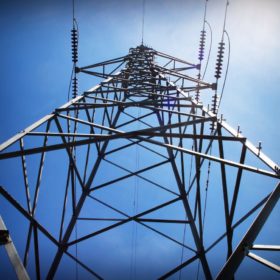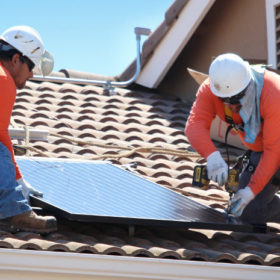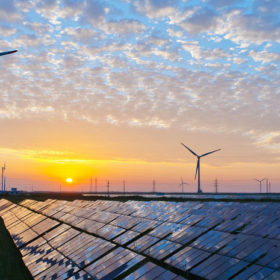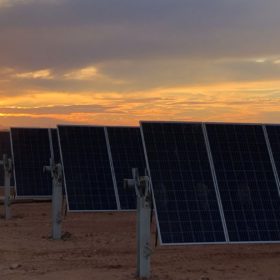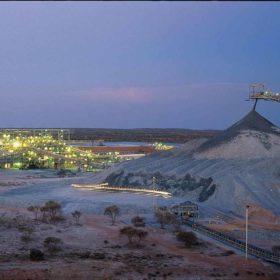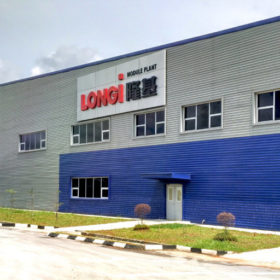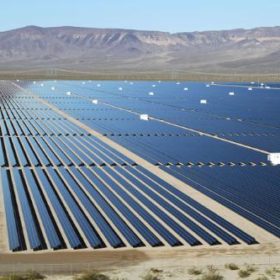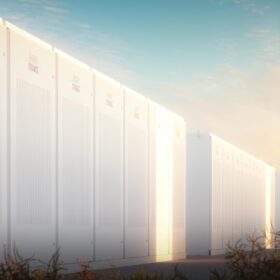GreenSync to deliver digital marketplace for DER in UK
The Melbourne-based energy tech company will deploy its digital platform to connect and coordinate 500 MW of distributed energy resources across the network area of UK Power Networks.
NSW readies to launch interest-free solar battery loan program
The Berejiklian government is gearing up to deliver on its election pledge and roll out interest-free loans for home battery systems. The program holds the promise to help up to 300,000 households save hundreds of dollars on their power bills.
Queensland government loses appeal, contentious solar installation regulation remains invaild
Queensland’s Court of Appeal has dismissed the government’s application to enforce regulation requiring licensed electrical workers to mount and fix unplugged solar panels.
4 GW Walcha project moves forward, massive solar+battery component seeks approval
Walcha Energy – a joint venture between Australian developers Energy Estate and Mirus Wind – has lodged the scoping report with the NSW planning authorities for a 700 MW solar farm, a 100MW/150MWh battery and its plans for a renewable energy hub at Uralla.
Australia’s massive contribution to global PV, battery uptake blemished by grid woes
Last year, Australia shattered all records in terms of investment in renewables and capacity additions, but a range of concerns for solar PV developers, including network constraints, delays and grid connection issues, are looming over the nation’s clean energy sector, according to an annual overview drafted by global policy network REN21.
BHP, Mitsubishi Development pledge to reduce emissions from coal operations
Australian mining giant BHP and its strategic partner Mitsubishi Development, the holding company of Mitsubishi’s coal investments in Australia, have pledged to pursue emissions reductions, including from the life-cycle use of marketed products.
Longi to spend $349m on new 5 GW module fab in Taizhou
The world’s number one mono silicon module manufacturer will add another 5 GW to its annual panel production capacity in 2020 as it pursues 16 GW of output this year and 25 GW next year.
Think-tank eyes up 10 GW sustainable future for Northern Territory
A new report raises awareness of the potential jobs and revenue opportunities for Territorians in a zero-carbon economy. The 10 GW Vision relies largely on solar PV.
India and Australia could strike first lithium deal
Mining company Neometals and Manikaran Power have started a jointly funded study into the feasibility of establishing India’s first lithium refinery, which would process ore from the Mount Marion mine in Western Australia.
Is the U.S. solar market slipping towards merchant?
As contract lengths shorten, U.S. solar developers and investors are relying more and more on sales of power in the spot market as the future.
